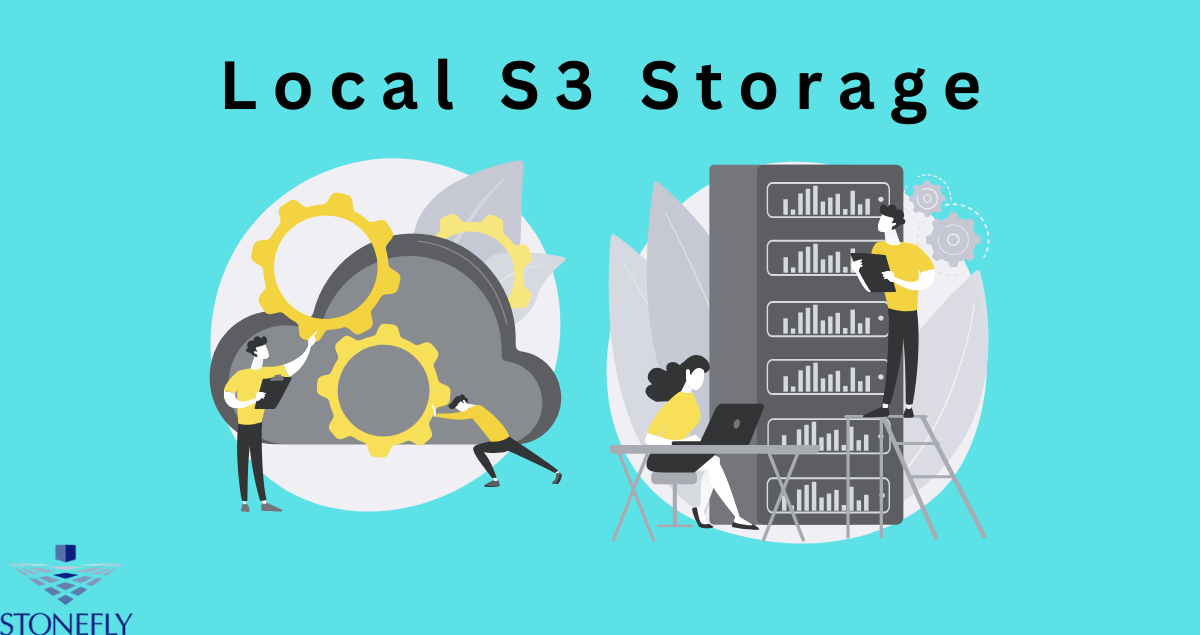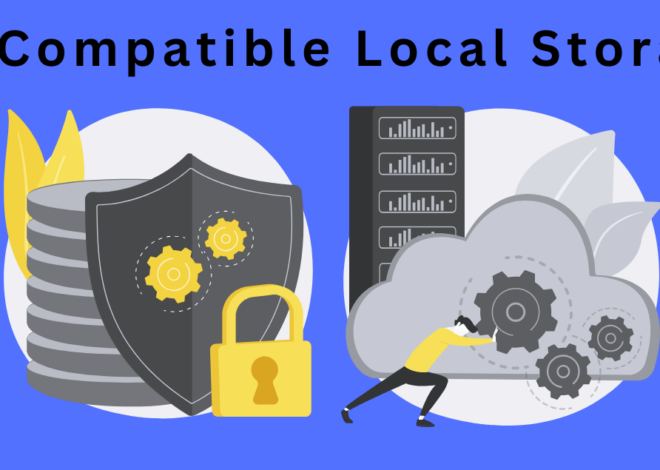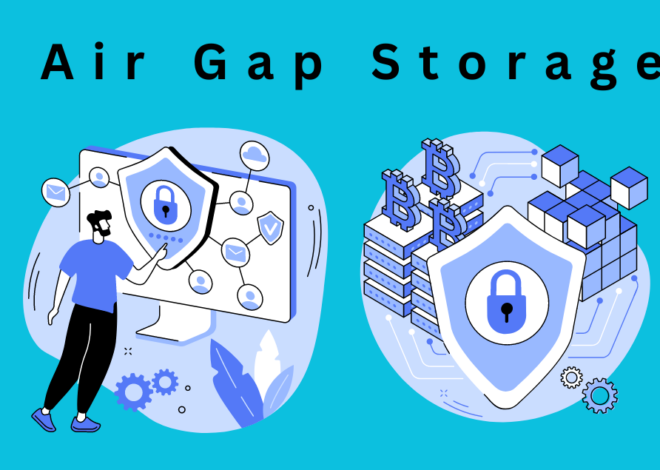Unlock the Power of Local S3 Storage: A Comprehensive Guide
In today’s digital landscape, data storage and management are crucial for businesses and developers alike. S3 (Simple Storage Service) has emerged as a popular cloud storage solution, offering scalability, reliability, and cost-effectiveness. However, did you know that S3 storage can also be implemented locally? In this blog post, we’ll explore the concept of Local S3 Storage and how it can benefit your organization or development projects.
Benefits of Local S3 Storage
Cost Savings:
By setting up S3 storage locally, you can avoid the ongoing costs associated with cloud storage providers. This is particularly advantageous for businesses with large amounts of data or those operating on a tight budget.
Improved Performance:
Local S3 storage eliminates the latency and bandwidth limitations often encountered with remote cloud storage. This translates to faster data access and improved application performance, especially for data-intensive workloads.
Enhanced Security:
With local S3 storage, you have complete control over your data and its security. You can implement robust access controls, encryption, and backup strategies tailored to your specific requirements, ensuring the highest level of data protection.
Scalability:
S3 storage is designed to scale seamlessly. Whether you’re a small business or a growing enterprise, local S3 storage can accommodate your expanding data needs without compromising performance or reliability.
How to Implement Local S3 Storage
Implementing local S3 storage is a straightforward process. Here’s a step-by-step guide to get you started:
- There are several open-source and commercial options available, such as MinIO, Ceph, and OpenStack Swift.
- Install and configure the chosen solution on your local infrastructure, following the provider’s documentation.
- Set up access controls and security measures, including user authentication, access policies, and encryption.
- Integrate the local S3 storage with your applications or development environment using the S3 API or compatible SDKs.
- Test and optimize your setup to ensure optimal performance and reliability.
Real-World Use Cases
Local S3 storage has been successfully adopted by businesses and developers across various industries. Here are a few real-world examples:
Media and Entertainment:
A video production company uses local S3 storage to store and manage large video files, enabling fast access and collaboration among team members.
Healthcare:
A healthcare organization implements local S3 storage to securely store and process sensitive patient data, ensuring compliance with privacy regulations.
E-commerce:
An online retailer leverages local S3 storage to store product images and videos, enabling quick retrieval and delivery to customers.
Software Development:
A development team uses local S3 storage as a staging environment for testing and deploying applications, simulating the production environment.
Comparing Local S3 Storage with Other Storage Options
When considering storage solutions, it’s essential to evaluate the pros and cons of different options. Let’s compare local S3 storage with traditional local storage and cloud storage:
Traditional Local Storage:
While traditional local storage offers full control and low latency, it lacks the scalability and flexibility of S3 storage. Managing and scaling traditional storage can be complex and costly.
Cloud Storage:
Cloud storage providers offer scalability and ease of use but come with ongoing costs and potential performance limitations due to network latency. Data privacy and security may also be concerns when storing sensitive information in the cloud.
Local S3 storage combines the benefits of both traditional local storage and cloud storage, providing a scalable, cost-effective, and secure solution that can be tailored to your specific needs.
Best Practices for Local S3 Storage
To make the most of your local S3 storage implementation, consider the following best practices:
Security:
Implement strong access controls, encryption, and regular security audits to protect your data from unauthorized access and breaches.
Redundancy:
Set up Data replication and backup strategies to ensure data availability and protect against hardware failures.
Monitoring:
Regularly monitor your S3 storage performance, capacity, and usage to proactively identify and address any issues.
Access Management:
Implement granular access policies and user roles to control who can access and modify data stored in your local S3 storage.
Performance Optimization:
Fine-tune your S3 storage configuration and network settings to maximize performance based on your specific workload requirements.
Conclusion
Local S3 storage offers a powerful and flexible solution for businesses and developers seeking scalable, cost-effective, and secure data storage. By implementing S3 storage locally, you can enjoy the benefits of cloud storage while maintaining full control over your data and infrastructure.
Whether you’re a small business looking to optimize costs or a developer seeking a reliable storage solution for your projects, local S3 storage is worth exploring. With its scalability, performance advantages, and customization options, it can revolutionize the way you store and manage your data.
Start unlocking the power of local S3 storage today and take your data management to the next level!
FAQs
Q: Can I use local S3 storage for personal projects?
A: Yes, local S3 storage can be used for personal or small-scale projects. It is a flexible and cost-effective solution that can accommodate various data storage needs.
Q: Is S3 storage compatible with all applications?
A: While some applications may require specific configurations to work with local S3 storage, most applications that support the S3 API can seamlessly integrate with it.
Q: Are there any limitations to local S3 storage?
A: Local S3 storage is limited by the capacity and capabilities of your infrastructure. However, you can easily scale up your storage capacity by adding more nodes or expanding your hardware resources.
Q: How does local S3 storage handle data backups?
A: Local S3 storage offers various options for data replication and backup, including cross-region replication and versioning. You can choose the method that best suits your backup strategy.
Q: Can I migrate my existing data to local S3 storage?
A: Yes, you can migrate your existing data from traditional or cloud storage to local S3 storage using data migration tools or SDKs provided by your chosen solution.





